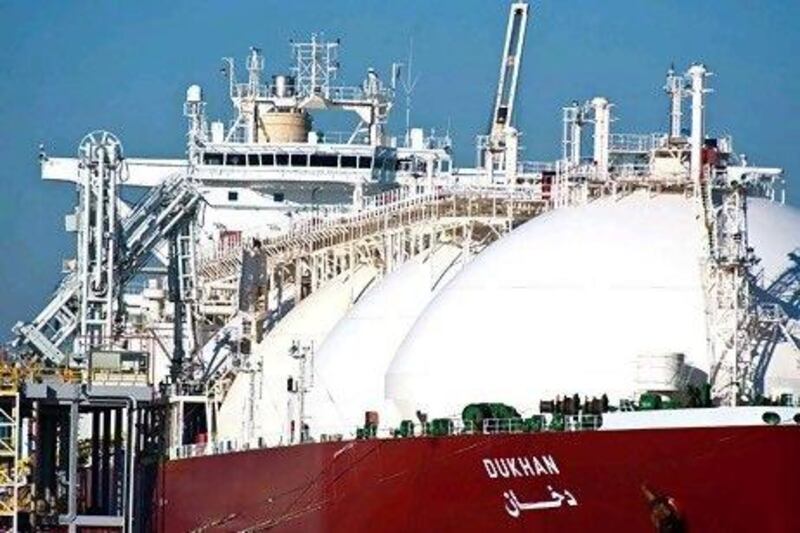It is the modern equivalent of bringing coals to Newcastle. So why is the holder of the world's seventh-largest gas reserves planning to import gas, and what's more, in its most expensive form?
It was revealed last Monday that two of Abu Dhabi's companies, Mubadala Development, a strategic investment company owned by the Abu Dhabi Government, and the International Petroleum Investment Corporation, would build a terminal at Fujairah to import liquefied natural gas (LNG).
LNG, not to be confused with the bottled gas (LPG) used for cooking, is simply natural gas, cooled to minus162°C to turn it into a liquid that can easily be transported in special tankers. The terminal will be of an innovative floating design, fast to install, and capable of being moved if it is not needed in later years.
Kuwait commissioned such a facility in 2009, and Dubai followed in 2010. The Fujairah terminal could be in operation by 2014, and is to have a total capacity of 1.2 billion cubic feet per day, some 20 per cent of the UAE's consumption.
In itself, the Fujairah LNG terminal is a good and necessary project. The Northern Emirates, in particular, have been hard-hit in recent years by gas and electricity shortages as national demand has outpaced supply. Gas is cheaper and much cleaner-burning than oil-based fuels such as diesel. The Qidfa power plant in Fujairah, near Khor Fakkan, is the backbone of the Northern Emirates' electricity supplies.
On the other hand, the terminal is a third-best solution. LNG is expensive - the UAE will have to compete with Japan and other East Asian countries, currently paying some US$16 per million British thermal units (MMBtu) - equivalent to $100 per barrel of oil. Supplies may come from as far afield as Russia, Australia or Mozambique - or even, in a remarkable role reversal, the United States.
The need for imported LNG stems from three root causes.
The first is low, regulated gas prices in the UAE (and throughout the Gulf). It is clearly not sustainable to import fuel at $16 per MMBtu that is then sold to power plants for $3 or less. The need to pay for LNG is the reason for the fuel surcharge that now appears on utility bills in Dubai. Low prices, intended to protect consumers and spur industrial development, lead also to escalating, wasteful consumption.
They also make it uneconomic to develop new gas supplies - Abu Dhabi's huge "sour" gas reserves, with high levels of toxic hydrogen sulphide, may cost up to $6 per MMBtu to develop. Shale gas, so successful in the US, would probably have similar costs. This is much higher than traditional prices, but far below LNG.
Second, negotiations for new gas developments with foreign partners have been interminable. The current structure for international investment in gas is unwieldy and unattractive. There is no opportunity for bold entrepreneurs, whether Emirati or foreign, in the mould of the creators of the US shale gas revolution.
Nuclear and solar power are on the horizon, but a stop-gap solution is needed until they arrive in earnest from 2017 onwards. They are somewhat cheaper than LNG, but still more costly than new domestic gas.
Third, Qatar's moratorium on new projects, the unattractive gas prices on offer and, perhaps, worries about political dependence on Qatar or Iran, have stymied new gas import pipelines, along the model of Mubadala's Dolphin project.
The UAE is not unique: all the GCC countries bar Qatar suffer from similar gas problems. LNG imports are a good temporary solution - but they should not become permanent. Instead, they should be the catalyst for a radical reshaping of gas policy, so that the UAE can once again meet its needs from its own resources.
Robin Mills is the head of consulting at Manaar Energy, and author of The Myth of the Oil Crisis and Capturing Carbon.





